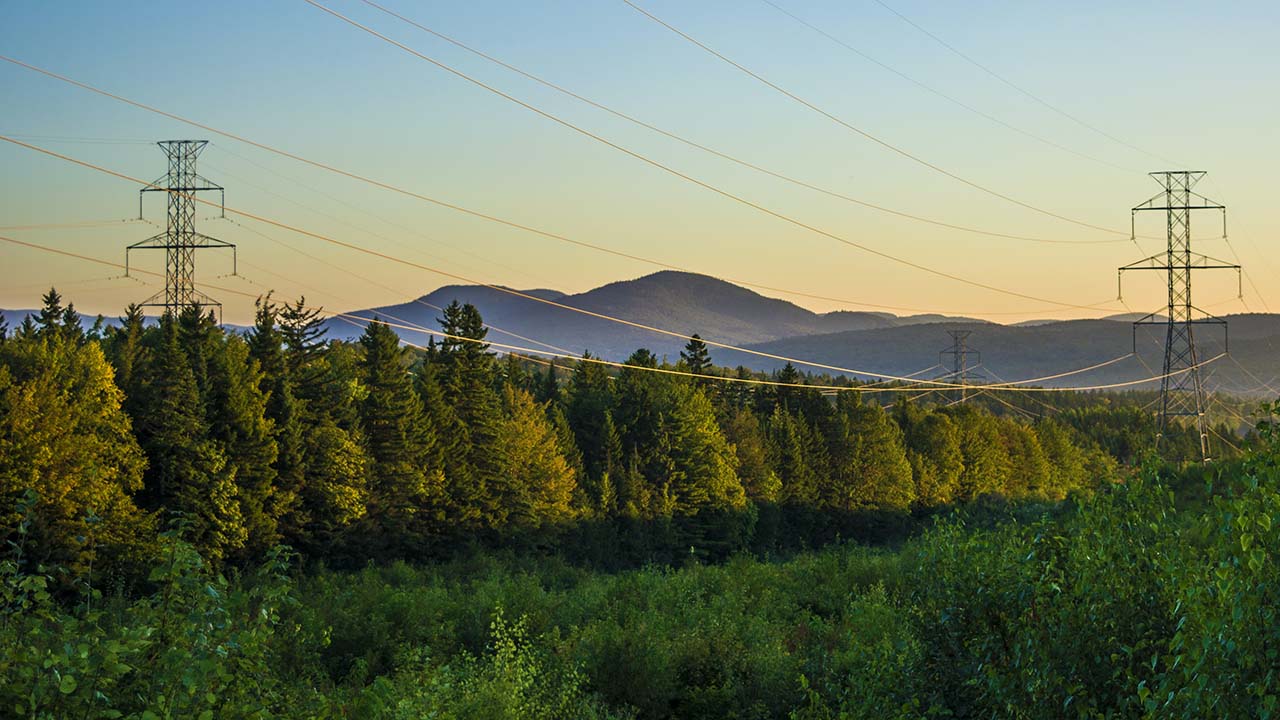
California’s ability to meet its growing demand for abundant and sustainable energy is dependent on building out infrastructure and developing a workforce that supports energy generation and distribution. There are opportunities and barriers that are distinct to each region’s economy, but also common threads.
For example, there are workforce opportunities and challenges unique to the regions, but also the state and the country face a broad need for innovative financing solutions and grid modernization.
Building on its Energy Call to Action – which provides a framework for how stakeholders can break through silos and work across sectors to advance energy solutions – CA FWD is convening Regional Energy Listening Sessions across the state to surface regional energy needs and assets. Input gathered at these listening sessions will be used to inform statewide energy policy advocacy, in line with the recently released infrastructure acceleration report developed in partnership with the Governor’s Office.
The first of these listening sessions took place on May 16 and focused on California’s Sierra and rural forested communities, where biomass energy and integrating microgrid technologies are emerging as solutions to localize energy generation and maintain operational performance. However, there are barriers to advancing these solutions, including filling workforce pipeline gaps in the energy sector.
The listening session was co-hosted with the Sierra Business Council, in partnership with CivicWell, CSU Chico’s North State Planning and Development Collective, High Sierra Energy Foundation, Sierra Nevada Alliance, and Sonoma County Water Agency.
The virtual event began with a lightning round discussion among panel experts, including Elizabeth Betancourt, the natural and working lands policy advisor at the Department of Conservation; Andrea Schumer, the resilience coordinator for microgrid policy and pricing planning at Pacific Gas and Electric; and Melanie Danuser, director of education and training for Northwest Energy Efficiency Council. The lightning round discussion highlighted the momentum around investing in and developing rural energy independence, as seen in a number of recent policy recommendations and interventions, as well as new available funding opportunities and workforce training programs coming online.
Attendees also participated in breakout sessions during which they dove further into strategies for rural communities to develop robust biomass energy infrastructure, integrate more microgrid technology, and strengthen the energy sector workforce pipeline. Some common threads emerged, including the need for grid improvements to connect to rural communities, as well as the need for state program reforms that take into account the full lifecycle benefits of projects and also avoid placing a high administrative burden on smaller communities.
The next listening session will take place at the Imperial Valley Economic and Energy Summit hosted by the Imperial Valley Economic Development Corporation. Following a day of panel discussions on crucial energy topics – including Lithium Valley, renewable fuels, transmission, and workforce – CA FWD will create a space for participants to talk about the opportunities and barriers they’ve encountered as they develop and bring to scale solutions for a sustainable energy future in California, and the resources that they need to further advance their work. It will include live polling and interactive group discussion.
We also invite you to join the energy conversation at the California Economic Summit, taking place on October 11-13 at Indian Wells, where we’ll highlight the findings from the listening sessions in an addendum to the Energy Call to Action, and identify priority next actions for 2024.

